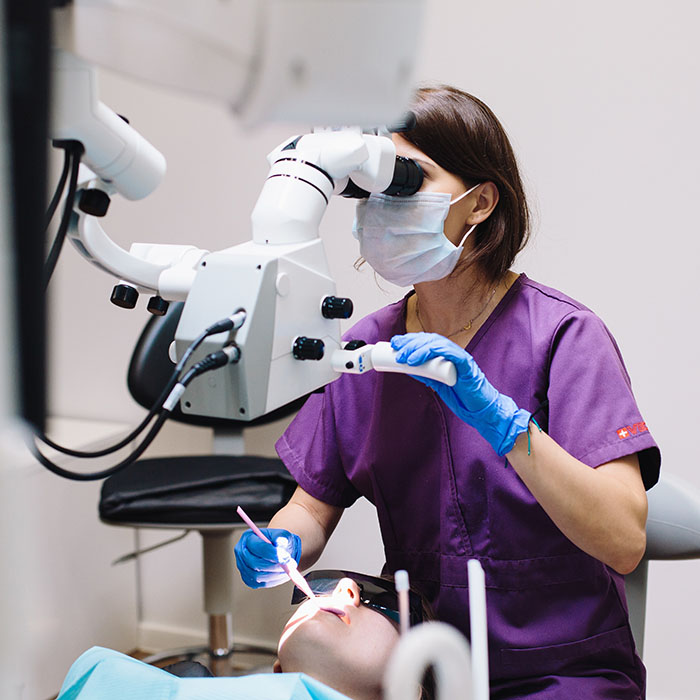3 Incredible Women in Dental History
April 15th, 2023

THROUGHOUT HISTORY, WOMEN have faced numerous challenges in pursuing their careers. Dentistry is no exception. It has taken significant determination and persistence for women to establish themselves in the field of dentistry. In this blog post, we will be discussing three pioneers of women in dentistry: Ida Gray, Lucy Hobbs Taylor, and Emeline Roberts Jones.
Ida Gray
Ida Gray was the first African-American woman to become a licensed dentist in the United States. Born in Tennessee in 1867, she became an orphan when her mother died in her early teens, after which she went to live with her aunt in Cincinnati. While Gray attended segregated public schools alongside her aunt’s three children and worked as a seamstress, she found time to work in the dental offices of Jonathan Taft, an early advocate of training women as dentists.
Despite facing racial and gender discrimination, Gray was determined to pursue a career in dentistry. She graduated from the University of Michigan Dental School in 1890, making her one of the first African-American women to earn a degree in dentistry. After graduation, Gray established her practice in Chicago, where she treated both black and white patients. Gray’s dedication to dentistry and her community paved the way for future generations of female dentists.
Lucy Hobbs Taylor
Lucy Hobbs Taylor was the first woman to graduate from a dental school in the world. Born in New York in 1833, Taylor was a teacher before deciding to pursue a career in dentistry. She faced significant opposition from the male-dominated field of dentistry, with many dental schools refusing to admit her because of her gender. However, Taylor’s perseverance paid off when she was finally admitted to the Ohio College of Dental Surgery in 1861.
She graduated in 1866, becoming the first woman to earn a degree in dentistry. After graduation, Taylor married a Civil War veteran who she trained to be a dentist too! They established a successful practice together in Lawrence, Kansas, where she provided dental care to women and children. She also became an advocate for women’s rights and education.
Emeline Roberts Jones
Emeline Roberts Jones was the first woman to practice dentistry in the United States. Born in New York in 1836, Jones was a schoolteacher before deciding to pursue a career in dentistry. Like Taylor, Jones faced significant opposition from the male-dominated field. However, she was determined to succeed and eventually became an apprentice to her brother-in-law, a practicing dentist.
After completing her apprenticeship, Jones established her practice in Connecticut in 1855. She treated both men and women and was known for her gentle touch and compassionate care. Jones also became an advocate for women’s rights and education and was a member of several women’s suffrage organizations.
The Legacy of These Dental Pioneers
Today, women make up a significant portion of the dental profession, and their contributions to the field are invaluable. Women have brought new perspectives and approaches to dentistry, resulting in better patient care and outcomes. The legacy of Ida Gray, Lucy Hobbs Taylor, and Emeline Roberts Jones continues to inspire and empower women in dentistry and beyond.
We’re lucky to stand on the shoulders of these giants!
Disclaimer: the content on this blog is not intended to be a substitute for professional medical advice, diagnosis, or treatment. Always seek the advice of qualified health providers with questions you may have regarding medical conditions.





 Website Powered by Sesame 24-7™
Website Powered by Sesame 24-7™
